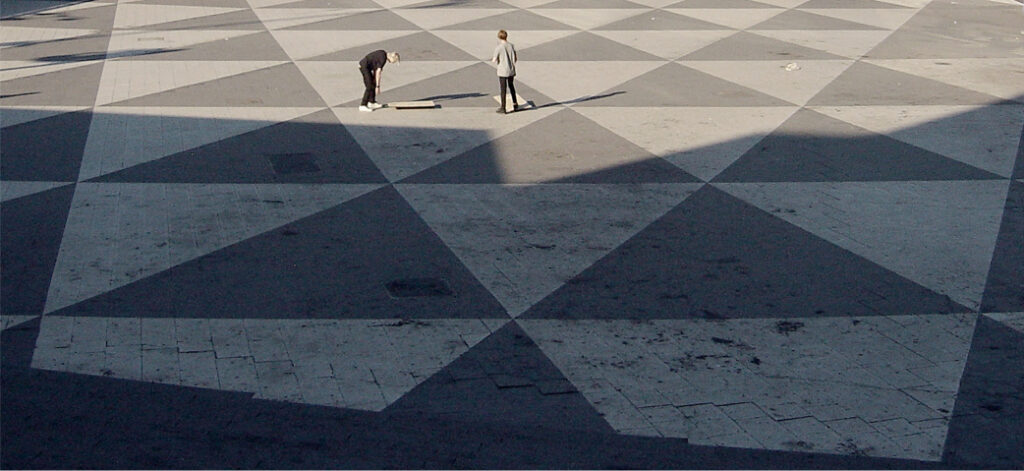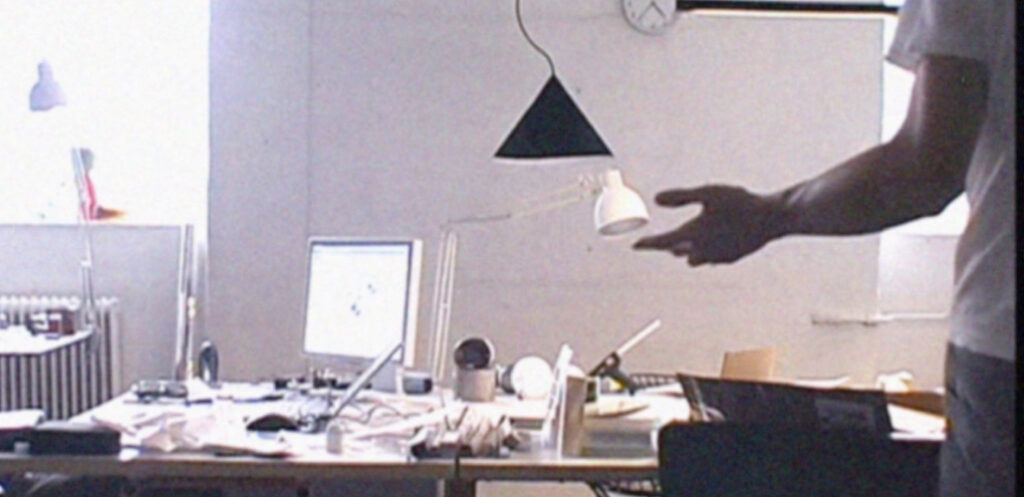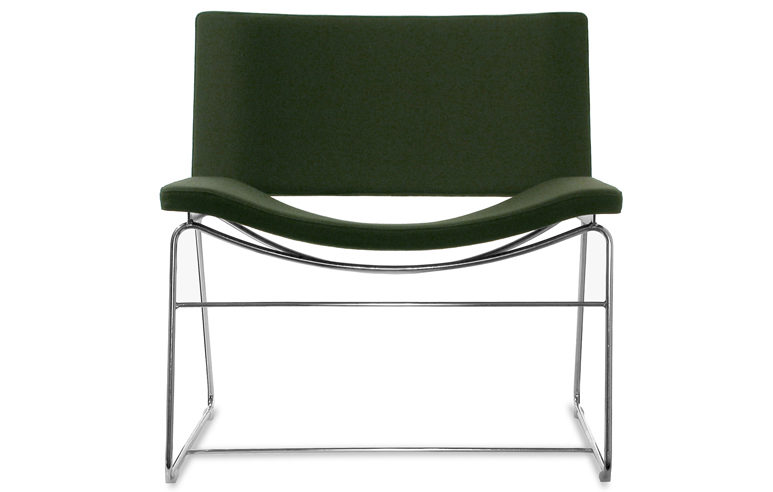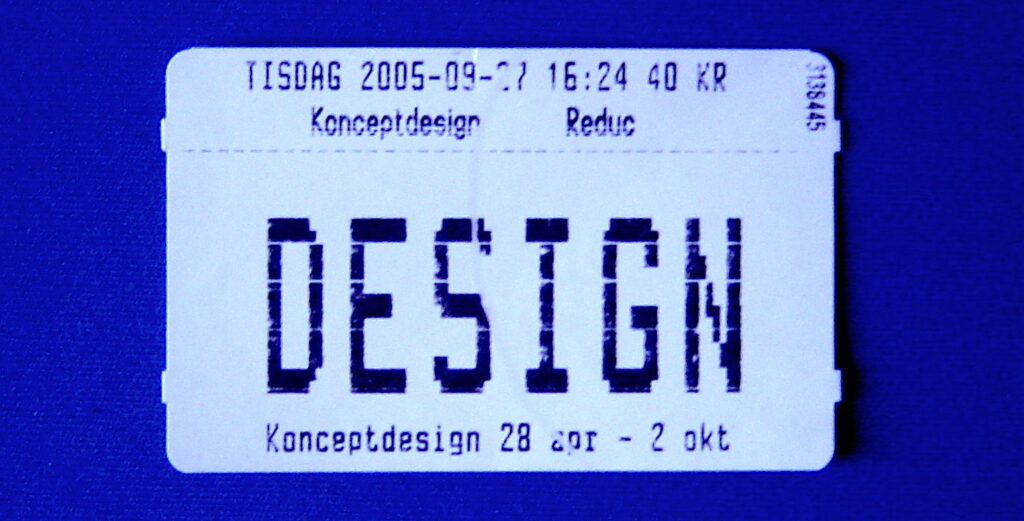I don’t think I’m supposed to admit this, at least not publicly, but it’s true: talking about design drives me to drink. Not literally of course (I’m a teetotaler!), but metaphorically. Why? Because design itself isn’t really a single term, but a collection of homonyms, each of which bears some semantic resemblance to the others, but all of which cover rather different terrain. When we talk about design, we tend to assume we’re all really talking about The Same Thing, even if we’re not, and this contributes to a fair amount of cross-talk when we collectively think hard about design and its possibilities.
I care about this because I wandered to design from other places, and when I landed there, the situation was confusing to me. Design was about things to some people, and practices to others. Or forms and aesthetics. Or systems engineering. Or capitalism. Or collaboration and creativity. Or “what it means to be human.” And so on. All of these perspectives make some intuitive sense, of course, but their sheer diversity—along with the expressed conviction that each one is the right one—led me to turn to the most basic question of all: No really, what is design, anyway?
Let me explain what I mean.
I came to design because of hand gestures. As an undergrad studying linguistic anthropology I got so interested in embodied communication that I decided to go to grad school to continue studying body language from an ethnographic point of view. A mentor casually suggested that I study architects, since they seem to gesture a lot—totally true, by the way—so I found a firm in Los Angeles that would let me in, and I wrote a master’s thesis on hand gestures in architectural communication. Even then, I felt that design was just a means to an end, a pathway for exploring more general issues regarding human communication, rather than something to think about in its own right.
But then I went to Sweden, and everything began to shift.
The first time I visited Stockholm it felt like design was, quite simply, everywhere. Once I viewed the permanent design exhibition at the National Museum in Stockholm, the deal was sealed: I decided to re-situate my project on furniture designers.
This shift was stimulated by a very basic puzzle: why is design so obvious in Sweden, so easily talked about and prominently on display? One simple answer could be, well, I was looking for design when I got there, so I found it. But I wasn’t: I went to Sweden expecting to keep body language at the center of my project. Then smaller-scale design—interiors, furniture, and other everyday objects—and very explicit discourses about that design kept popping-up seemingly everywhere I turned.
I started reading more about both Swedish design and Swedish society, and I noticed what seemed like a curious pattern emerging: in my notebook I jotted down terms that various authors used to describe Swedish design, including “democratic,” “honest,” “socially-aware,” and many more; but I also had terms describing aspects of Swedish society and politics, including “democratic,” “honest,” “socially-conscious,” and others in that vein. That is to say, the dominant register for talking about Swedish design looked very, very similar to the dominant register for talking about Sweden itself—not in some general way, but right down to the specific sets of terms repeatedly used to describe both (in both English and Swedish). This seemed unusual to me. I’d also recently read Clifford Geertz’s (1983) piece, “Art as a Cultural System,” wherein he urges anthropologists interested in art “to give more attention to talk”—and in particular, kinds of talk that aren’t “recognizably aesthetic”—if they wanted to understand how art actually works in society. Looking at these two almost-identical lists of words describing two very different sorts of things, Geertz’s advice about art resonated with my desire to understand how design works in Sweden.
And that’s how I kept thinking about it, once I finally started my fieldwork: how does design actually work? What is it doing, and why is it doing it? That extended moment of simmering confusion in which the status of design didn’t make sense to me lasted throughout my time in Sweden, partly because it actually didn’t always make sense, but mostly because I tried very hard to maintain a quizzical attitude so that even as design became more familiar, I didn’t then make the move to assume I knew what it was.
I talked to lots of designers in Sweden, and lots of others whose work related to design in some way. I observed designing in action in a number of studios, and spent an extended amount of time video-recording designers as they talked to each other—and sketched, and gestured to each other—about the relatively mundane details of their tables and chairs. I looked at objects, went to design exhibitions and lectures, and read as much design criticism as I could. In short, I did all the sorts of things you’d expect to be done in a long-term ethnographic study of design.
As I tried to make sense of it all, though, I found that few existing analytics for exploring design seemed to fully capture my experience in the Swedish design world. Some analytics, for instance, are primarily concerned with the stuff of design—things, buildings, styles, experiences—while others emphasize the more designerly sides of design, like “ways of doing” and “ways of thinking.” Still others take a more historical view, situating design within long processes of social and political change. These analytics and others all seemed correct, of course, but at the same time insufficient for understanding the complexity of Swedish design as I observed it on the ground, each offering a partial version of some much richer whole.
Swedish design is decidedly about actual physical objects. But it’s also about a set of geometries (squares and straight lines, mostly) that are used to shape those objects. Swedish design is very much about specific discourses about those objects, too, and in fact, without those discourses circulating widely through space and time, those physical objects are not really examples of Swedish design, but rather are merely tables, lamps, and chairs. Swedish design (that is, the geometries, objects, discourses, and more) necessarily comes from somewhere, from actual people who do the work of design, so design practice matters, too—no, wait, design-related practices, because its not just designers that make design, but lots of other people are also in on the act. And so on.
What kept nagging at me was the idea that design in Sweden felt “cultural” in an almost old-fashioned sense—or at least in a Geertzian “cultural system” sense. Sure, Geertz had partly inspired me while I formulated my research plan, but it’s not like I designed a symbolic anthropology project. Nonetheless, the more time I spent hanging around design and designers, and then writing about that hanging around, the less I felt like design could be adequately explained or understood in only one particular way, through (or as) either “objects” or “styles” or “practices.”
So I found myself moving to embrace the holism of culture, which was…kind of difficult, and a little weird. Academic anthropology, in its dominant modes of practice and graduate training, has all but abandoned the idea of culture, at best reducing its status to “not really a thing,” and at worst pillorying people for still believing in its analytic utility. I agree with many of the critiques, but after spending years trying to wrap my head around the different ways in which design matters in Sweden, I just can’t shake the feeling that reconstituting a useful and more robust concept of culture is preferable—and more analytically powerful—than critiquing it out of existence.
That said, embracing culture was also difficult because of the tendency in other spaces to go too far in the other direction. In contemporary design anthropology, corporate ethnography, much of design studies—much of everywhere, really—there is a strong tendency to treat design principles and practices as “standard,” as constants, as specifically non-cultural in ways that transcend local contingencies, and where local contingencies do figure in, they often operate as “variables” that can be acknowledged or ignored as needed. Unreflective assumptions about what design is—always and in perpetuity—can lead us to misunderstanding, or not fully comprehending, the place and power of design in the human world.
What do I mean by design as a cultural system, then? This is the question I work on in my book on Swedish design. I’m trying to understand exactly how all the forms of design—practices, discourses, materialities—hold together as a relatively coherent whole (the “system”), and how that whole is made meaningful (in “cultural” sorts of ways). I’m skeptical that design (no matter which of the homonyms we’re using) simply “does” things or “means” things on its own (though this is the tenor of how design is so often framed). Rather, the power of design comes from the ways in which it’s made meaningful—or political, or social, etc.—by particular (sets of) human social actors—not just designers, but also everyone they work with, including anthropologists, and even folks they don’t directly work with—manipulating design’s forms for particular ends. One of the concepts I’ve been working with is “truing,” in the sense of aligning otherwise uneven surfaces, as in truing a bicycle wheel. I’m thinking through various claims about what design can do not so much as being “true” as they are “trued.” That is to say, all of the various forms of design, from discourses about design to practices of design, are not necessarily inherently compatible; but a lot of work goes into bringing those forms together, with acceptable degrees of tolerance, or allowable discrepancies, between them, such that design can stand as a seemingly unified thing. It’s understanding that work of truing, and what exactly results from it, that gets us deeper into understanding design.
Thus: to understand design in contemporary Sweden, you have to look at the emergence of modernist design, and its emphasis on particular geometric forms, like squares and straight lines. But to understand why those forms took hold in Sweden, you should also look at housing policy in the 1930s, alongside the discursive framing of “the home” in early 20th century Social Democratic rhetoric. To understand all of that, though, it helps to look to ways in which simplicity, beauty, home, and economics were figured together by an influential turn-of-the-last-century activist named Ellen Key. But to understand why all of this older stuff matters today, you should look at the particular ways in which designed objects have been consistently displayed to consumers in Sweden. And to understand why—or how—modernist geometries keep reappearing on the computer screens and in the objects of Swedish designers, even when they’re not explicitly trying to reproduce them, you need to watch closely what goes on in the design studio. And more. By following how all of these “forms” of design are collectively trued into a cultural system called “Swedish design,” I could better see how each worked on its own, in relation to the others, and as a group, rather than feeling confined to staying focused on only one.
By constantly asking myself the “what is design” question in my research, I’ve landed not on an answer, but on a different analytic, on design as a cultural system. It’s ecumenical in its worldview, accounting for objects, forms, practices, people, ideologies, and affects all at once, but it’s also entirely compatible with notions of power, economy, politics, and law, and can operate at lots of scales. Treating design as a cultural system is really just a modest shift in perception, I think, but one that can be quite powerful in its effects. Rather than taking it for granted we can linger on design, probe it, try to query what it is and what it’s doing in specific contexts. We can ask, What makes design something more than a set of standard practices and principles in specific places, or How are those practices and principles made meaningful to certain people? Or, How is design useable (or not) in specific social and political projects, including our own? Approaching design as a cultural system compels us to look at design not as the same in every context, but as something that manifests differently, with variable consequences, in different contexts—and to recognize that those differences matter to the kinds of questions we ask.
 Keith M. Murphy is associate professor of Anthropology and Linguistics at the University of California, Irvine. Most of his work explores design and designing from a sociocultural perspective, with a particular emphasis on language, material culture, and human experience. He’s worked with architects in Los Angeles and furniture designers in Stockholm, and his current research is focused on typeface and typography. He is author of Swedish Design: An Ethnography (Cornell University Press, 2015) and co-editor of Toward an Anthropology of the Will (Stanford University Press, 2010). He is also a fan of the Boston Red Sox.
Keith M. Murphy is associate professor of Anthropology and Linguistics at the University of California, Irvine. Most of his work explores design and designing from a sociocultural perspective, with a particular emphasis on language, material culture, and human experience. He’s worked with architects in Los Angeles and furniture designers in Stockholm, and his current research is focused on typeface and typography. He is author of Swedish Design: An Ethnography (Cornell University Press, 2015) and co-editor of Toward an Anthropology of the Will (Stanford University Press, 2010). He is also a fan of the Boston Red Sox.
Related
What Things to Teach Designers in Post-industrial Times? Cameron Tonkinwise
Models of Enchantment and the Enchantment of Models, Simon Roberts
Experience Models: Where Ethnography and Design Meet, Rachel Jones (free article, please sign in)





0 Comments